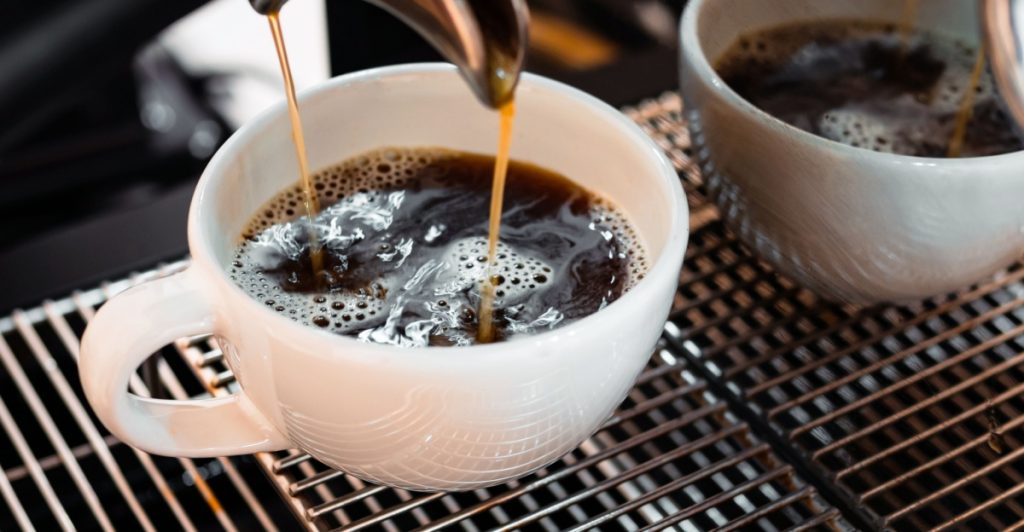Part of the reason lies in pre-revolutionary Russia.
Others are reading now
Once famous for its coffee culture, Moscow is seeing a quiet shift.
A growing number of residents are swapping their espressos for teapots, drawn by a drink many see as more authentically Russian.
Entrepreneur Andrei Kolbasinov, founder of Nitka, a chain of retro-style teahouses, says his business is about rekindling what he calls a “lost culture.”
“We are trying to bring modern Russian teahouses back to life,” he told Reuters. “Before the 1917 Revolution, there were a lot of such places in Russia, especially in Moscow. Unfortunately, they all disappeared during the Soviet period.”
Kolbasinov remembers how cafés were everywhere in the city just five years ago, and his aim is to reimagine what these spaces might have become if they had survived.
A taste of home
Also read
Although Russia is among the world’s biggest consumers of tea, most people traditionally drink it at home, often paired with jam, lemon, and biscuits.
In recent decades, coffee gained ground as a convenient “to-go” option, particularly in big cities.
But amid growing tensions between Russia and the West, preferences appear to be shifting.
A Nikta costumer told Reuters, that tea is more Russian, as it has the intimacy and warmth of home.
Sanctions and supply chains
Kolbasinov sees the renewed popularity of tea as part of a broader cultural turn inward — an effort to rediscover local traditions.
Also read
He notes that while some of Nitka’s tea is produced domestically, Western sanctions have complicated imports. The brand once sourced tea from Nepal, but those supply routes have become more difficult to maintain.
Now, most of the tea comes from China and Georgia, both countries that have maintained close economic relations with Moscow since the start of the war in Ukraine in 2022.
This article is made and published by Jens Asbjørn Bogen, which may have used AI in the preparation


